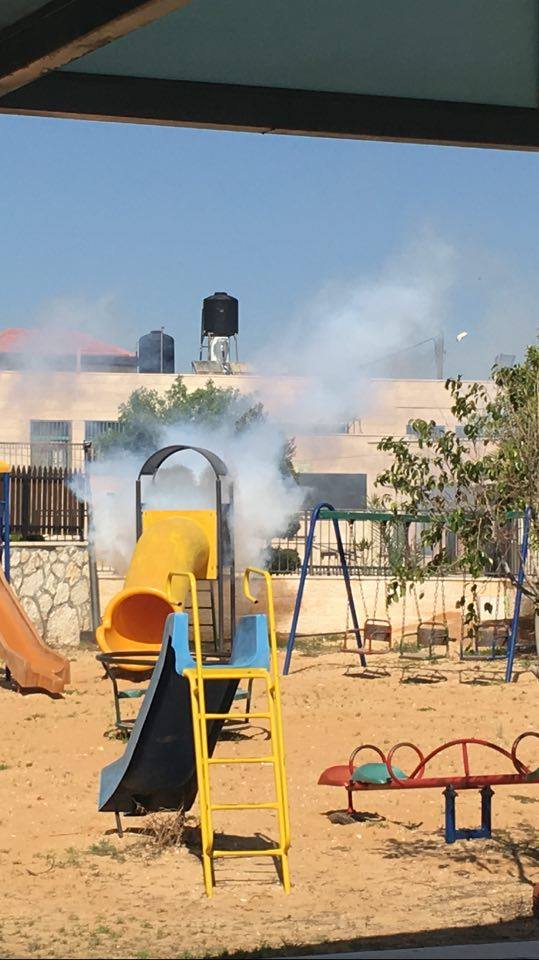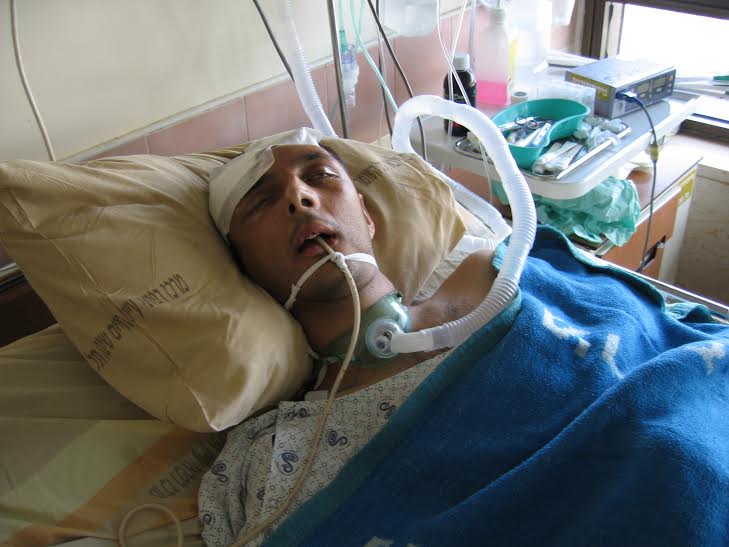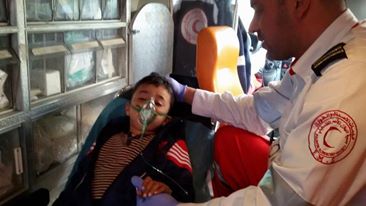Tag: Ni’lin
-
Targeting playgrounds in Ni’lin
14th March 2016 | International Solidarity Movement, al-Khalil team | Hebron, occupied Palestine On Friday, 11th March 2016, Israeli forces again attacked the non-violent protest in Ni’lin in the occupied West Bank, showering the village, including a public park and playground, in tear gas. For years the villagers of Ni’lin have been protesting the illegal…
-
The anniversary of Tristan Anderson and the ongoing struggle
13th March 2016 | International Solidarity Movement, Al-Khalil Team | Ni’lin, Occupied Palestine On the 13th March 2009 around 4:30pm, Tristan Anderson, an ISM volunteer from the US was critically wounded by the occupying Israeli forces while peacefully demonstrating against the ongoing occupation of the West Bank village of Ni’lin. The wounds he sustained were from a high…
-
Israeli forces attack peaceful demonstration and suffocate civilian population
5th March 2016 | International Solidarity Movement, al-Khalil team | Ni’lin, occupied Palestine On 4th March 2016, the village of Ni’lin held their weekly protest against the illegal Israeli occupation, the illegal settlements and the theft of the village’s land. Israeli forces attacked the peaceful demonstration inundating the whole area with massive amounts of tear…



